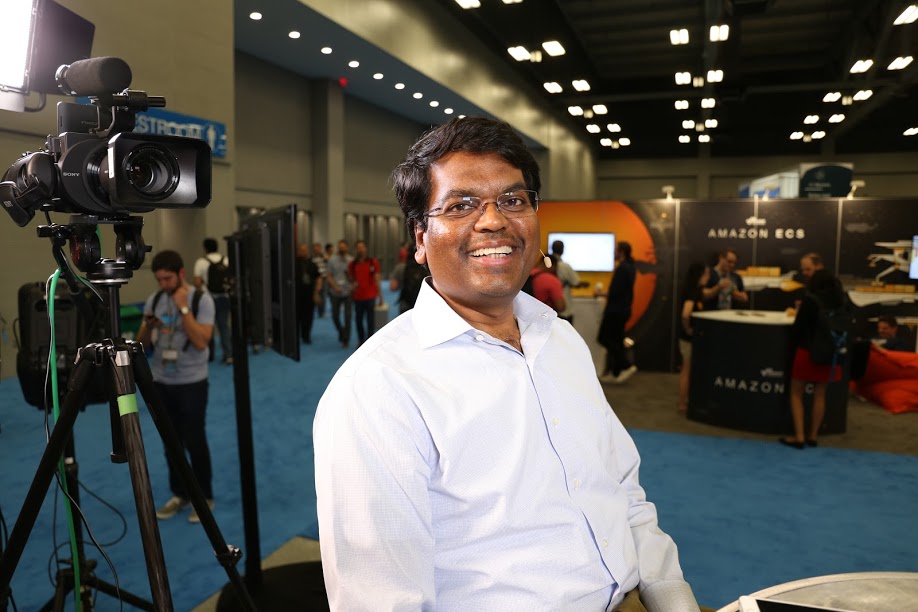 APPS
APPS
 APPS
APPS
 APPS
APPS
At DockerCon2017, one of the most interesting use cases that generated a lot of buzz on the floor was that of Visa’s change over from virtualization to containerization, with container provider Docker playing a key role.
Looking to make its developers more productive while also standardizing systems to manage software applications, Visa Inc. was ready to make the shift to container tech’s more modular information technology architecture. While the original goal of virtualization was to provide IT infrastructure optimization and portability, it does have drawbacks, mainly regarding the “heavyweight” design of virtual machines. They can be slow, application portability is missing and they can drag down the provisioning of IT services. This is why many organizations have been looking to Docker Inc., a service provider that from inception works to smooth the enterprise’s path to containerization.
“The number one priority we have is to make developers productive,” said Swamy Kocherlakota (pictured), senior vice president, global head of infrastructure and operations, at Visa. A containerized environment allows Visa developers the flexibility and speed to write and publish code in production on the same day.
Kocherlakota recently joined Stu Miniman (@stu) and James Kobielus (@jameskobielus), co-hosts of theCUBE, SiliconANGLE Media’s mobile live streaming studio, during DockerCon. In addition to lessons learned, they also spoke about some of the surprises containerization can bring.
In Visa’s move from a virtualized to a container environment, the stress was on preserving high availability and security. In fact, Kocherlakota said he believes that from an availability perspective, containerized works better than virtualized because as Visa scales up and down, the company knows when the system is going to need more resources.
Additionally, “From a security perspective, even before implementation, we made sure that it was rock-solid and that it [provided] the right controls for us,” said Kocherlakota.
He said that there are several more groups at Visa that are looking to containerize; it’s a work in progress. The next use case Kocherlakota is looking forward to is batch, where Visa hopes to take its transformational success and keep building, strengthening the organization as they build out over time.
Watch the complete video interview below, and be sure to check out more of SiliconANGLE’s and theCUBE’s independent editorial coverage of DockerCon US 2017 Austin.
THANK YOU